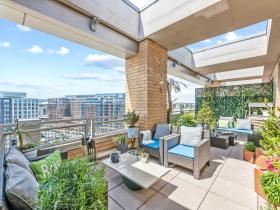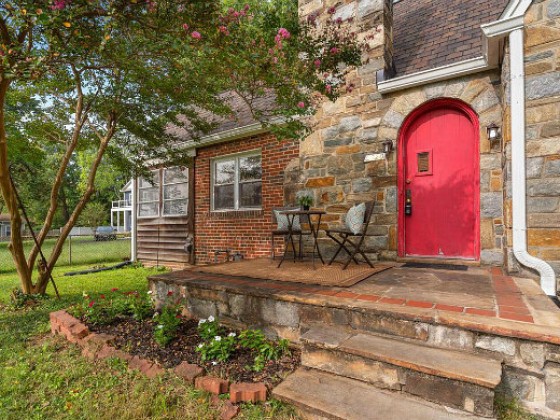 Proven: Green Spaces Equal Lower Crime
Proven: Green Spaces Equal Lower Crime
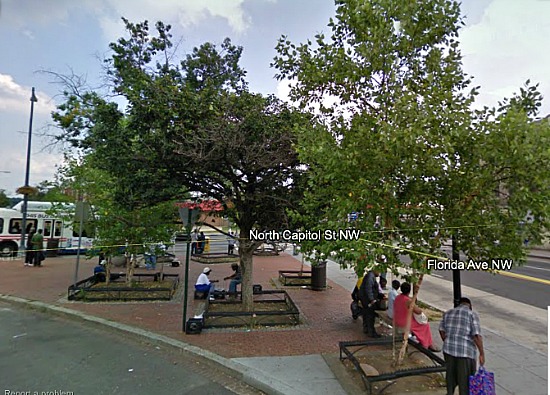
More beauty at Florida and North Capitol. Photo courtesy of Google Maps.
Social scientists and armchair anthropologists have long been touting theories that draw a certain causal relationship: beautify public spaces and watch crime rates plummet. Green spaces calm the fires of drug addicts and gang members (or just send them elsewhere), the theories go, and residents feel safer walking around cleaner streets and parks.
A study published last week in the American Journal of Epidemiology is the latest report to validate this theory. It collected data for a decade and used solid scientific methods to prove that “greening was linked to significant reductions in gun assaults across most of Philadelphia and significant reductions in vandalism in one section of the city.”
The University of Pennsylvania School of Medicine report followed a 1999 Philadelphia city-wide initiative to “green” 4,500 vacant lots. The researchers tracked various changes around both the greened and untouched lots, analyzing the rates for a slew of crimes, including aggravated assaults, robberies with guns, narcotics sales, vandalism and criminal mischief. They also analyzed the results of a household health survey. They carefully controlled the study, randomly selecting untreated control lots to compare with treated lots.
The results were unequivocal: gun assaults plummeted around the greener pastures, and residents also reported less stress and more exercise.
From Science Daily, who reported on the study recently:
“This is one of the first rigorous studies to show that reducing physical decay in neighborhoods — through such efforts as cleaning up vacant lots — reduces public safety crimes, demonstrating that healthier places are safer places,” says co-author John MacDonald, PhD, chair of the Department of Criminology at Penn. “Public policies that promote active living can also enhance personal safety.”
A little anecdotal evidence supports the finding here in DC, too. While doing research for our freshly scrubbed Bloomingdale neighborhood profile (look for it next week), UrbanTurf spoke with longtime resident David Lippe, who spent time in the weeds (literally) beautifying Bloomingdale. Lippe moved to Seaton Place NW 17 years ago, and remembers kicking away drug needles and other pointy, dangerous debris in his early years as a resident. Lippe and some neighbors also adopted the triangle at North Capitol and Florida Avenue (map) with the goal of transforming it.
“This has always been a problematic park,” Lippe told UrbanTurf. “We wanted to try to show that people cared about it, hoping that if they saw that we were caring for it, then they may also.”
Lippe and his cohorts went about planting ten Heritage River Birch trees, laying down ground cover, and surrounding the plants with wrought iron. The group kept the area clean and manually watered the trees until they were robust. The result? The corner is (pretty much) free from debris and Lippe believes that the beautification has had the effect of making the neighborhood safer.
This article originally published at https://dc.urbanturf.com/articles/blog/researchers_draw_a_solid_connection_between_green_spaces_and_lowered_crime/4634.
Most Popular... This Week • Last 30 Days • Ever

DC and Virginia lead the way in terms of where prices have risen the most this year.... read »

When it comes to financing a home purchase, a 30-year mortgage is one of the most com... read »
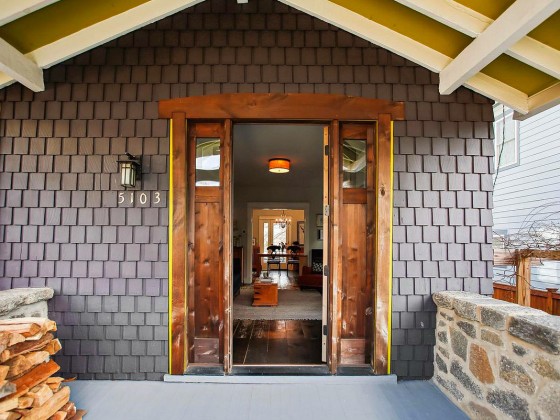
Bright MLS reported that DC-area home prices approached record highs in March as new ... read »
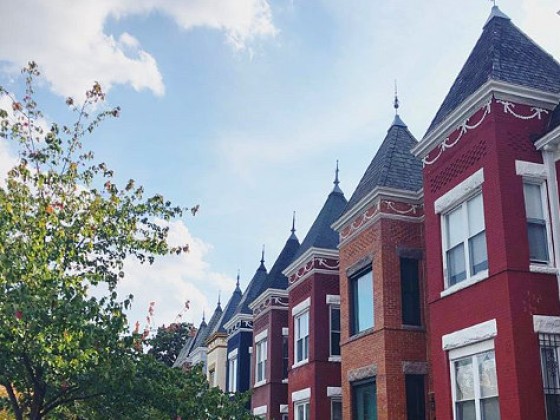
Pocket listings are growing in popularity in the low-inventory market in the DC regio... read »

The London-style carriage house was originally built in 1892 as part of the Frasier M... read »
DC Real Estate Guides
Short guides to navigating the DC-area real estate market
We've collected all our helpful guides for buying, selling and renting in and around Washington, DC in one place. Start browsing below!
First-Timer Primers
Intro guides for first-time home buyers
Unique Spaces
Awesome and unusual real estate from across the DC Metro




